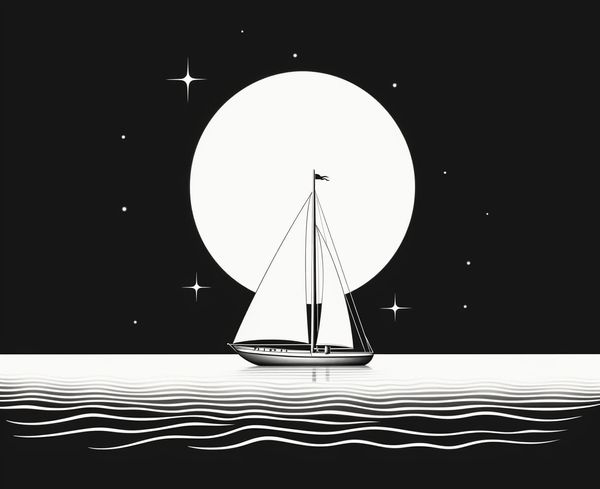Midjourney is one of the leading AI art generators, allowing users to create stunning visual imagery through text prompts. However, recent comments from David Holz, the co-founder of Midjourney, suggest the platform may be shifting its priorities away from being the most robust and full-featured AI art system. Instead, Midjourney seems to be embracing a philosophy focused on rapidly exploring the future possibilities of AI art, even if it means leaving some features behind.
A Difficult Balancing Act
In the October 25th Midjourney office hours, Holz acknowledged the challenging position Midjourney is in. Users have diverse needs - some want enhanced image generation, some want better organization tools, some crave more community interaction. Trying to improve every area simultaneously has proven difficult. Midjourney wants to invest more in parallel development, but there are no guarantees. This leaves many highly-requested features, like video generation, in limbo.
Pushing Boundaries Over Polish
According to Holz, Midjourney's goal is to reach an "unimaginable future" of AI creativity faster, rather than obsess over refining today's capabilities. They seem to be prioritizing the advancement of image generation quality and coherence over robustly developing supportive features like organization tools, galleries, and pattern generation. For Midjourney, exploration is the focus - even if it means instability and imperfections along the way.
A Shift Away From Feature-Based Releases
In the past, Midjourney worked on major feature-based releases like V3 and V4. But Holz says packing many new capabilities into coordinated launches may have been a mistake. Moving forward, they are shifting to a date-based release cadence of regular model updates instead. This philosophy aligns with their goal of rapidly evolving image generation capabilities even if other aspects of the platform remain incomplete.
The Risks of Leaving Some Users Behind
While this pivot emphasizes Midjourney's strengths in groundbreaking AI research, it risks alienating some users. As amazing as the image generation is, many were drawn to Midjourney as a creative community and robust art platform. Focusing single-mindedly on improving prompt-to-image conversion could sideline those seeking organization tools, galleries, sharing features, and other creative outlets the platform offered. An unbalanced approach risks bifurcating the user base.
In the end, Midjourney faces trade-offs in trying to satisfy diverse users while pushing AI capabilities forward at breakneck speed. Their evolving philosophy prioritizes exploration and research over building the most polished, well-rounded AI art platform. It's an ambitious vision, but one that carries risks if core user needs are left unfulfilled. Striking the right balance will be critical to Midjourney's long-term success.







